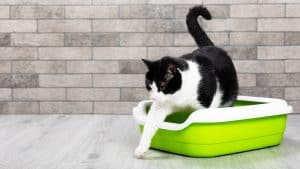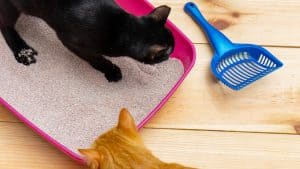Are you unsure about cleaning your cat's behind? Do you wonder if you are supposed to wipe a cat's bum? You're not alone! Most cat owners struggle with this.
Cats are known for grooming themselves well. But, sometimes, you may see your cat with dirt or feces on its behind.
Do you step in and give them a hand, or let them handle it themselves? This article will dive into these concerns, providing answers to common questions like:
When and how should you clean your cat's bottom? What could be the underlying causes if your cat's not managing it themselves? What are the effective strategies for keeping your furry friend spotless and comfortable?
We'll explore five cleaning methods to choose from. We will also look into the various reasons your cat might need assistance in this somewhat intimate task.
Let's get started and learn how you can help your cat maintain its cleanliness.
Cleaning Techniques For Your Cat's Behind
Cats are known for valuing their cleanliness and grooming. So, it's a little alarming to see them walk around with feces stuck on their behinds.
While most felines manage their grooming needs flawlessly, sometimes they could use your assistance. If your cat's behind seems to require cleaning, you must not hesitate to lend a hand.
Here's how you can make this easier for them:
- Using special cat wipes
- Applying wet cloths
- Employing paper towels
- Clipping the fur around the area
- Giving a full cat bath
Of course, listing these methods doesn't tell you the entire story.
The upcoming section will elaborate on these methods to equip you with the knowledge to help your furry friend effectively.
We'll also explore potential reasons causing this issue, ensuring you understand it completely.
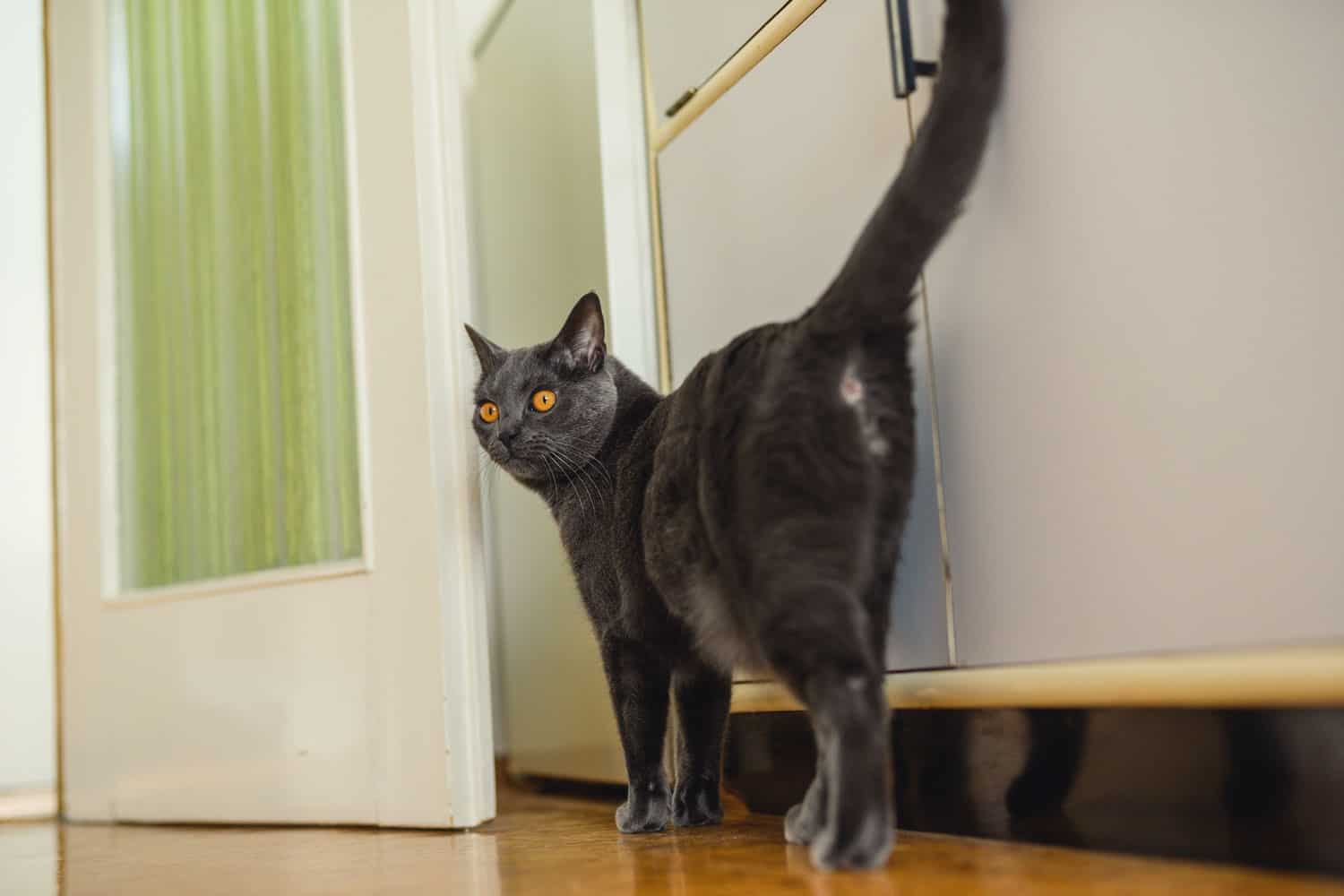
How To Assist Your Cat In Cleaning Their Bum
Cleaning up cats with feces stuck on their behinds can be a nightmare for owners. It's completely understandable to find it disgusting. However, we have five effective methods to expedite the cleaning process and ensure your cat's hygiene:
1. Special Cat Wipes
Your first option would be using special cat wipes. These products are designed specifically to wipe away feces and other substances from your cat's fur.
In most cases, these wipes offer a much more comfortable feeling than a wet cloth or paper towel.
We do recommend avoiding any options with added scents. It might seem like a good idea, but cats often don't vibe with unfamiliar smells. Owners would be much better off using unscented special cat wipes.
Let the area air dry once the cat's bottom is wiped. It'll only scare your cat if you try drying them off using a towel.
Click Here To See These Pet Wipes On Amazon
2. Wet Cloth
If you don't want to spend money on cat wipes, a warm wet cloth is a solid alternative. It'll have no trouble getting the substances off your cat's bum. But it's essential to wash it thoroughly after use or put it right into your washing machine.
As with cat wipes, you will want to let your cat air dry. It's a simple way of getting your cat clean without making their lives miserable.
3. Paper Towels
Some cat owners find themselves preferring to use damp paper towels. These products will wipe down the area without much issue, but they offer a rougher feel. Your cat isn't going to enjoy the paper towel much.
If you decide to use a paper towel, we'd suggest getting the help of a friend or family member. It'll help prevent any scratching or other issues from occurring. Plus, it'll quicken the entire process to dissipate everyone's discomfort.
You'll also want to use a high-quality paper towel. Subpar options will leave little pieces on your cat's bum, which isn't ideal.
4. Clipping The Fur
Clipping the fur around your cat's bottom is a worthwhile alternative to wiping. For instance, feces can become matted and difficult to remove with a wipe or paper towel. So, clipping it out using pet scissors becomes a necessary move.
Cat groomers perform this procedure regularly. It's a standard precautionary measure to prevent these issues, especially for longhaired cats.
Click Here To See These Pet Grooming Scissors On Amazon
5. A Full Cat Bath
If the cat's bottom is massively messy and hardened, your only option is a cat bath.
You'll want to soak their rear end in the water before trying to remove all the mess. But please, make sure to use cat-designed shampoo and put on some rubber gloves.
Honestly, cat owners should put on as much protective gear as possible. Your cat isn't going to be happy with the bathing experience. It'll often lead to them scratching and biting their way out of your arms.
Remember, each cat is unique, so choose the method that suits your cat's comfort level and the severity of the situation.

Common Causes Of Unclean Bottoms In Cats
You may be asking yourself "Why Is My Cat Not Cleaning His Bum?" Once your cat is cleaned up, it's time to examine what happened.
There are several potential causes for a cat to stop grooming themselves. It's essential to identify the issue for your cat so that you can avoid it in the future.
Reason #1: Physically Incapable
One of the more common reasons is a cat being physically incapable. After all, it takes a certain level of flexibility for cats to reach their rear-end area.
So, an older feline suffering from arthritis might find it too painful.
Arthritis isn't the only medical condition that might make cats physically incapable of cleaning. Obesity can make it much more difficult for cats to maneuver their bodies to clean their bottom areas.
Reason #2: Long Fur
Long-haired cats are more susceptible to getting feces stuck on their backsides. It comes from getting knots or mats within their fur, which makes grooming painful.
So, a cat may avoid grooming these areas to prevent a painful experience.
It's another reason many professional groomers recommend clipping the bottom area's fur. This action is a wise preventative measure to avoid these messy, gross situations.
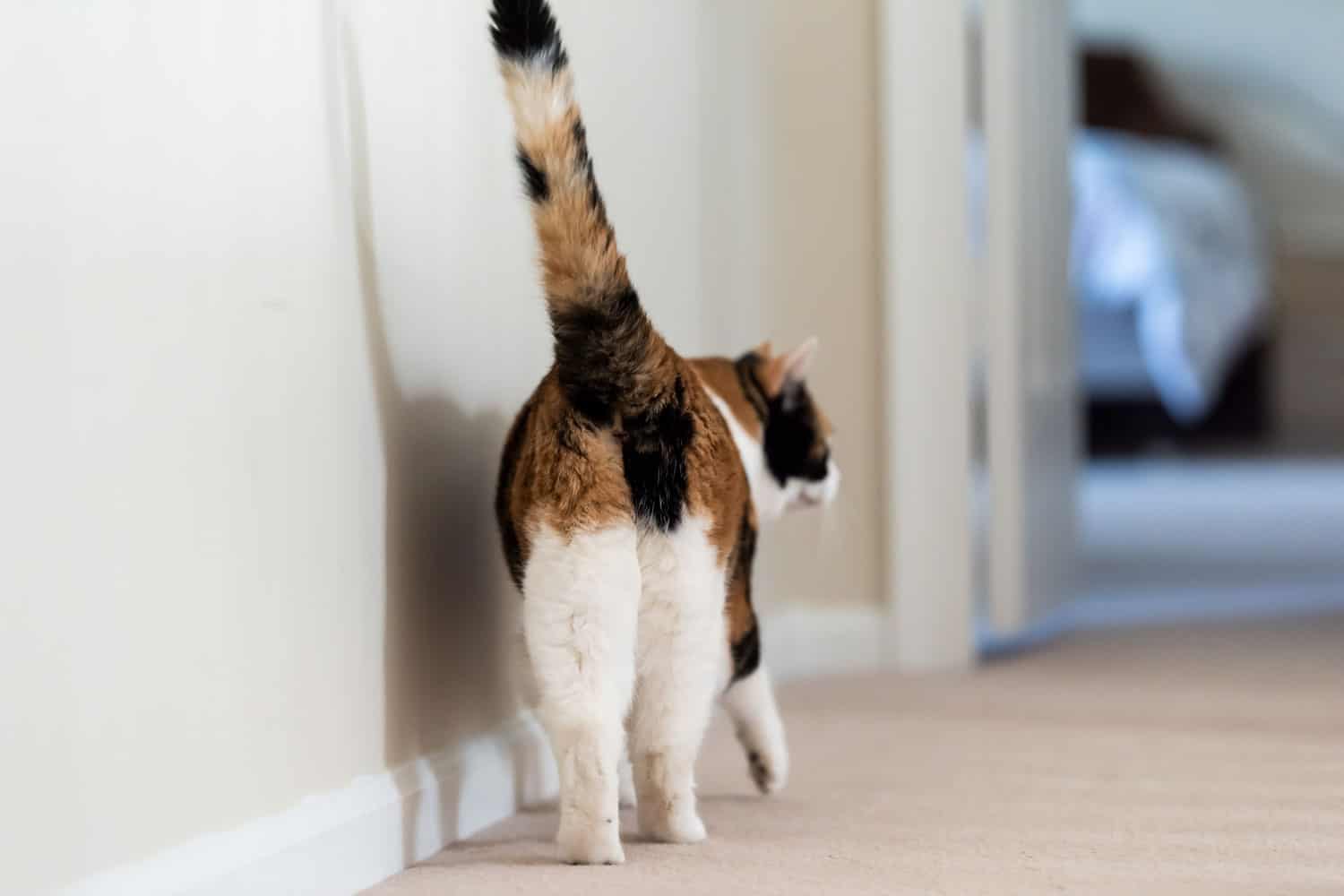
Reason #3: Diarrhea
If your cat's bottom gets dirty immediately, diarrhea could be the issue. Diarrhea can cause feces to get trapped in the fur regularly. So, your cat may be running out of patience and energy to clean the area effectively.
But diarrhea isn't always a cause of concern for owners. Upset stomachs can happen for various reasons, such as eating something irregular or the flu.
Therefore, a pet owner's best course of action is to clean up their cat and monitor them.
If your cat returns to acting normal, this bout of diarrhea was a one-time event. But the situation becomes a little more worrisome when it continues for 24 hours or more. In this case, set up an appointment with your vet.
Reason #4: Anal Gland Issues
Anal gland issues will result in grooming and cleaning problems. For instance, a bacterial infection or abscess can cause these glands to swell. It creates a blockage and makes it difficult for cats to do their bathroom business.
The waste will then become trapped in their bottom area's fur. Your cat will respond by being overly reluctant to groom or clean the area.
It's easy to understand why, as the infection or abscess is causing them severe pain.
This situation will continue until the anal glands are expressed. Therefore, owners will want to deal with swollen anal glands as quickly as possible.
You can express the glands at home or contact a vet to do it.
Reason #5: Cognitive Decline
Older cats can often start suffering from cognitive decline. It becomes more common as cats reach their twilight years (15 years or older). But it doesn't only affect cats in those upper echelon years, as it's an issue for cats around 10 or 11 years old.
A common side effect is a lack of grooming. So, your cats will stop taking care of their fur, especially the harder-to-reach areas like their bottoms.
Sadly, cognitive decline isn't curable in cats. Owners will have to make adjustments and clean their cat's bum regularly.
If your cat seems to have these issues, consult with a vet to discuss the next steps for management.
By understanding these potential causes, you can take appropriate measures to ensure your cat's comfort and cleanliness.
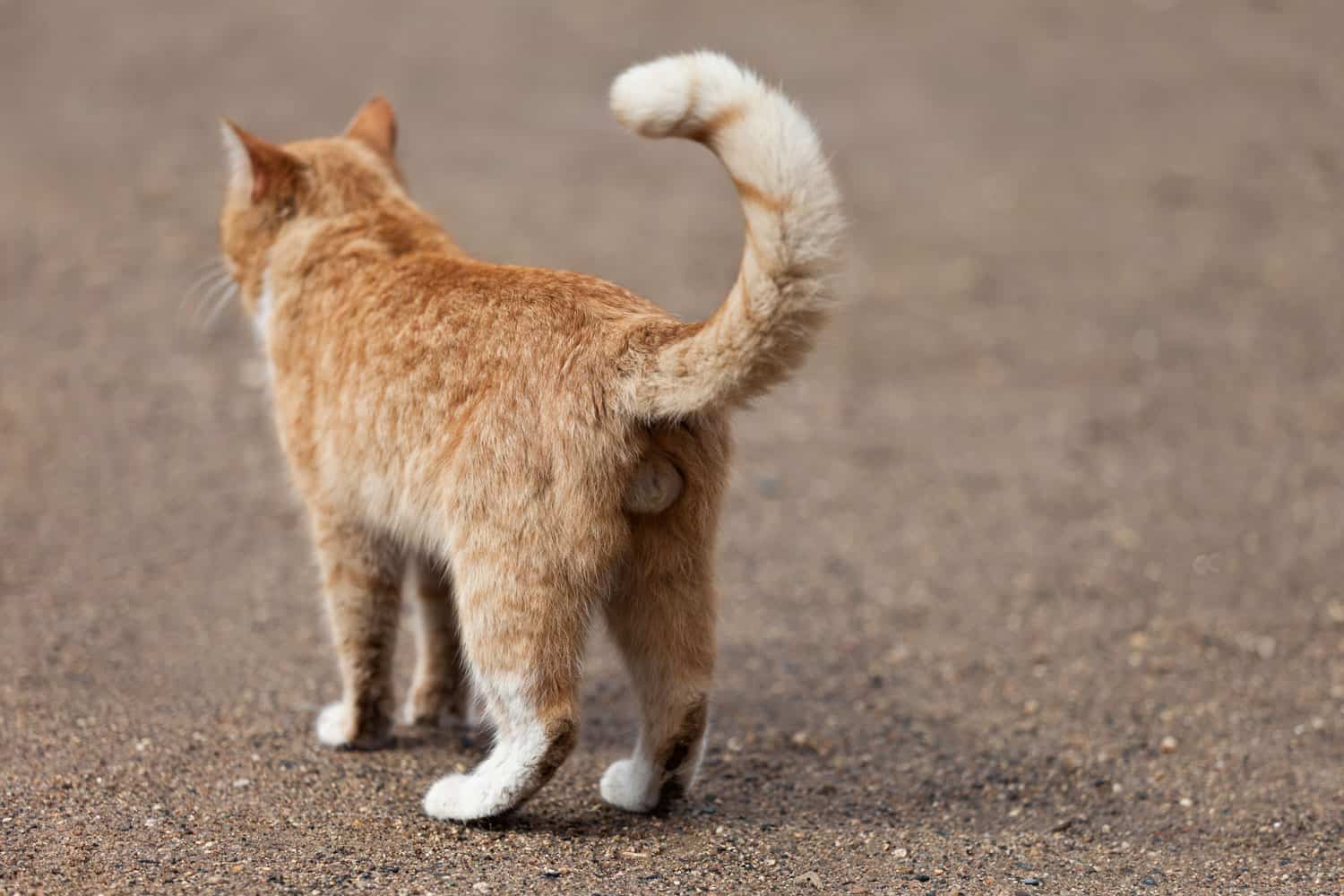
Preventing A Dirty Cat Butt: Tips And Tricks
As a cat owner, you may be wondering how to prevent your feline friend from ending up with a dirty bottom. While there are limited options, there are still things you can do to encourage your cat to groom themselves more effectively.
- Positive Reinforcement: Use positive reinforcement techniques to motivate your cat to pay attention to their bottom area during grooming.
Offer treats and praise when they show interest and put effort into cleaning themselves. This simple trick can help them develop good grooming habits and keep their bums free from unwanted messes.
- Maintain a Clean Litter Box: Regularly cleaning and maintaining your cat's litter box is crucial for preventing dirty bums. A clean litter box reduces the likelihood of your cat picking up feces in their fur.
Make it a habit to clean the litter box daily, remove waste and clumps, and replace the litter as needed. A fresh and clean litter box encourages proper hygiene for your cat.
- Monitor Your Cat's Behavior: Keep a close eye on your cat's behavior to identify any potential issues or changes in grooming habits. If you notice a decline in grooming, especially in hard-to-reach areas like the bottom, it's important to investigate further.
Monitoring your cat's behavior can help you address any underlying health concerns or discomfort they may be experiencing.
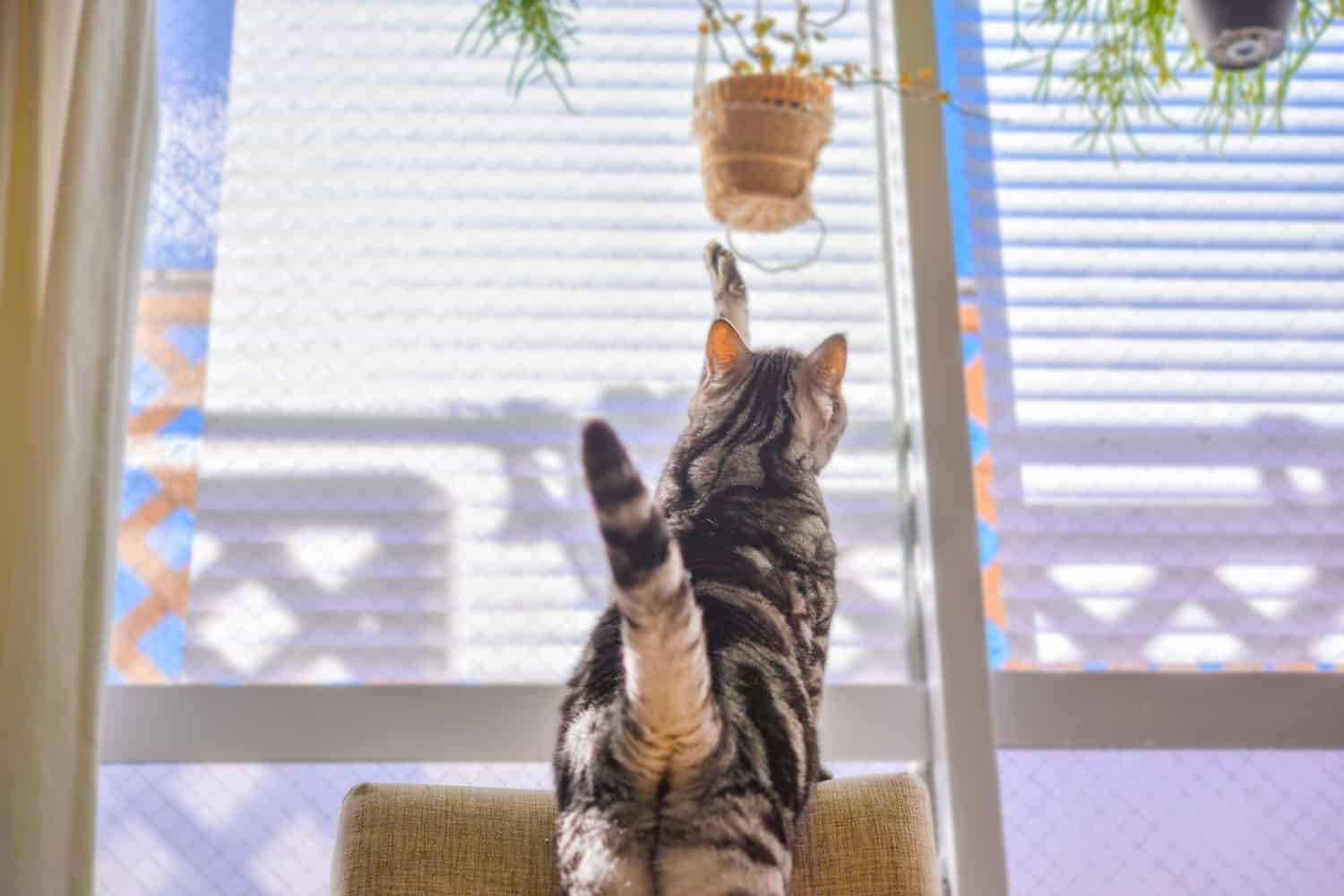
In Closing: Assisting Your Cat's Hygiene
In the event that your cat requires assistance with their bottom hygiene, don't hesitate to provide the necessary help. Cat wipes, wet cloths, or paper towels can be effective tools to alleviate this discomforting situation.
However, it's essential to dig deeper by monitoring your cat's behavior to identify potential underlying causes. If concerns persist, consulting with a veterinary professional is recommended for expert guidance.
We invite you to share your own experiences and insights in the comment section below. Our aim is to be your supportive resource during these challenging moments, offering the best possible assistance.
Thank you for taking the time to read our article, and may you enjoy a purr-fect journey in caring for your beloved feline companion!
If you have time, check out these helpful articles:
How Long To Quarantine A Sick Cat With URI
How To Remove Clumping Litter From Cat’s Paw




